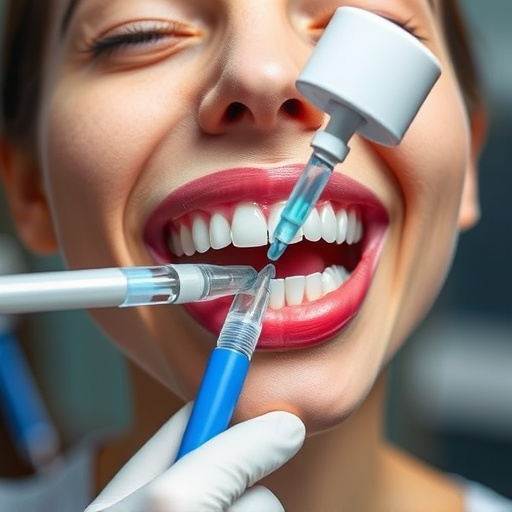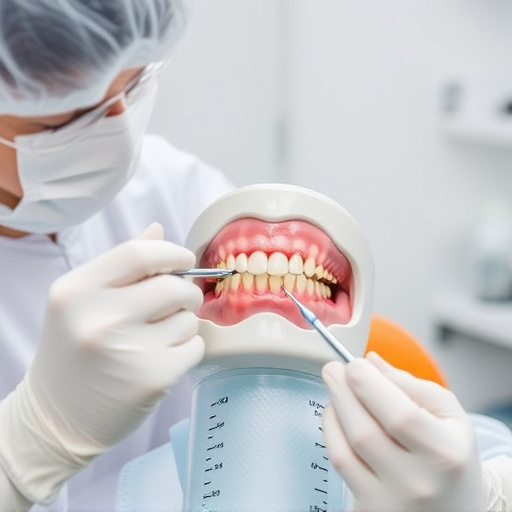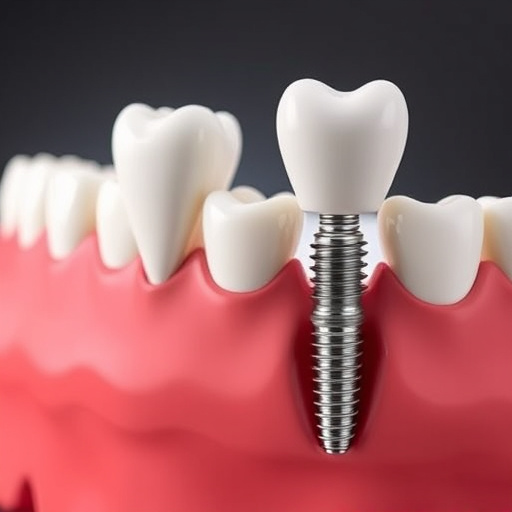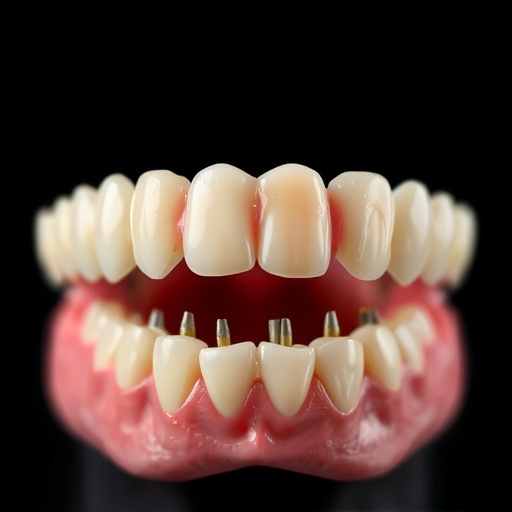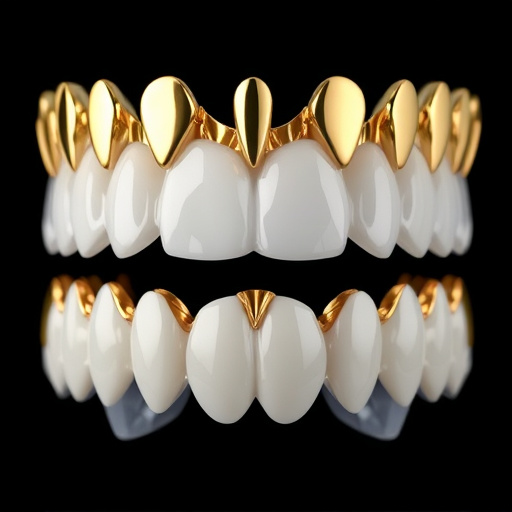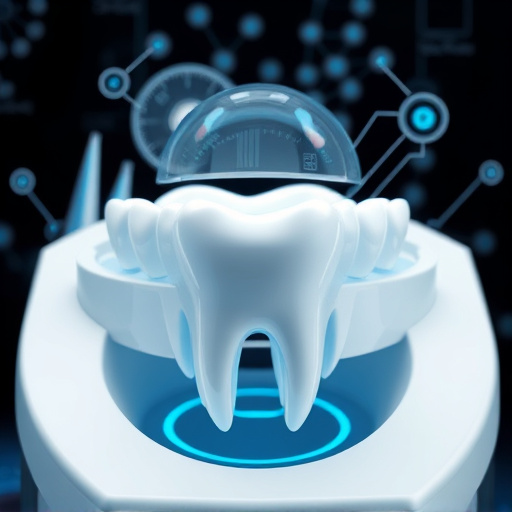Intraoral cameras have revolutionized dentistry by significantly improving diagnostic accuracy and patient communication. These advanced tools provide high-resolution images of teeth and oral structures, revealing details previously invisible to the naked eye. This enhances the ability to detect tooth decay, gum disease, and other issues more precisely. Real-time image review during patient visits improves collaboration between dentist and patient, fostering trust and informed consent. Intraoral cameras also facilitate proactive treatment planning for various dental procedures, from routine cleanings to complex operations.
Dentists increasingly rely on intraoral camera examination tools to enhance patient care. These innovative devices, designed to capture detailed images of teeth and gums, offer significant advantages over traditional methods. By providing visual aids for diagnostic precision, intraoral cameras enable dentists to detect conditions early, improve treatment outcomes, and facilitate effective communication with patients. This article explores the multifaceted benefits of intraoral camera technology in dentistry, from enhancing diagnostic accuracy to streamlining practice management through efficient documentation.
- Enhancing Diagnostic Precision with Intraoral Cameras
- – The role of visual aids in dentistry
- – Advantages of intraoral cameras over traditional methods
Enhancing Diagnostic Precision with Intraoral Cameras
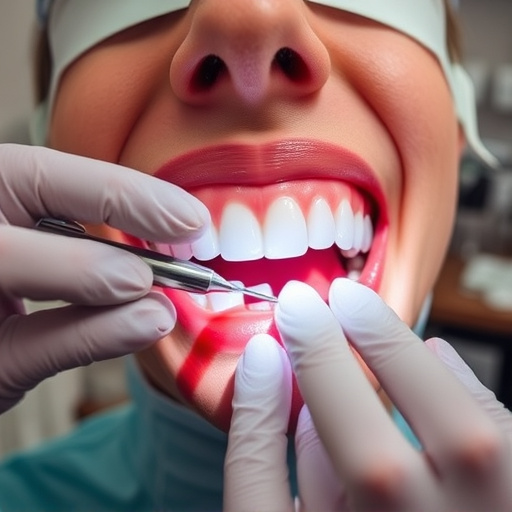
Intraoral cameras have revolutionized dental examinations by significantly enhancing diagnostic precision. These advanced tools allow dentists to capture detailed, high-resolution images of teeth and oral structures, providing a clear and comprehensive view of what was previously inaccessible. By enabling visual inspection of hard-to-reach areas, intraoral cameras facilitate more accurate assessments of tooth decay, gum disease, dental fillings, and other oral health issues.
Moreover, the ability to capture and review images in real time during patient visits facilitates better communication between dentist and patient. Dentists can point out problem areas, explain diagnoses, and discuss treatment options all while the patient has a clear visual understanding of their oral health status. This collaborative approach not only improves patient engagement but also ensures more effective planning for dental cleanings, procedures like dental crowns, and ongoing oral care.
– The role of visual aids in dentistry
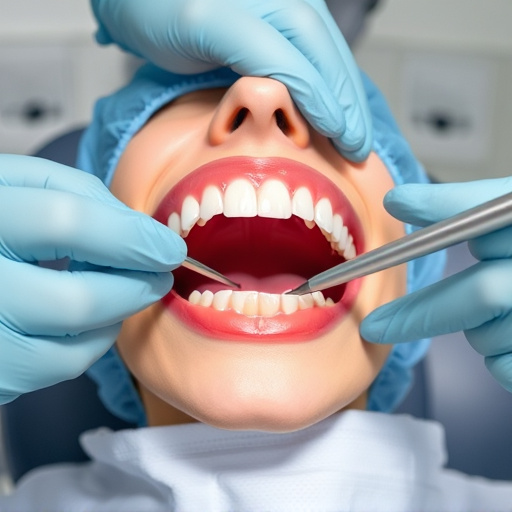
In dentistry, visual aids play a pivotal role in enhancing diagnostic accuracy and patient communication. Traditional methods often relied heavily on manual examinations and two-dimensional radiographs, which could sometimes lead to misdiagnosis or overlook subtle issues. This is where intraoral camera examination tools step in as game-changers. These advanced devices enable dentists to capture detailed, high-resolution images of the oral cavity, providing a clearer view of teeth, gums, and surrounding structures than possible with the naked eye alone.
By integrating intraoral cameras into their practices, dentists gain valuable visual evidence that aids in identifying caries, periodontal disease, tooth wear, and even subtle cracks in dental crowns. Moreover, these tools assist during complex procedures like tooth extractions and dental cleanings by offering a precise, up-close view. This real-time visualization not only improves treatment planning but also empowers patients to better understand their oral health status, fostering a collaborative relationship between dentist and patient.
– Advantages of intraoral cameras over traditional methods
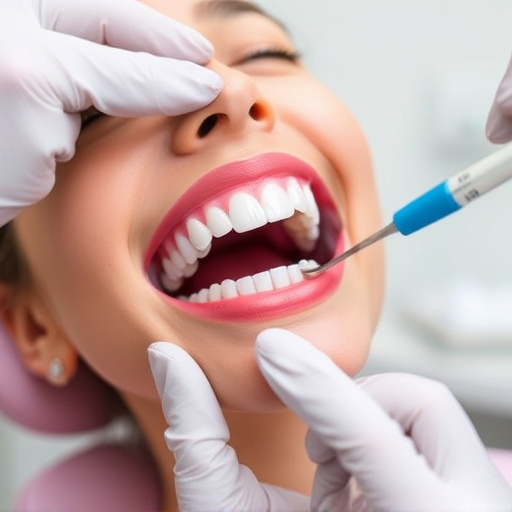
The introduction of intraoral camera examination tools has revolutionized dental practices, offering a multitude of advantages over traditional methods. One of the key benefits is enhanced visibility and detail. Unlike manual examinations, where the dentist’s eyes are limited to direct observation, intraoral cameras provide high-resolution images of teeth, gums, and oral structures. This allows for more precise diagnosis, as dental professionals can now identify subtle issues like decay, gum disease, or abnormalities in tooth development that might have gone unnoticed otherwise.
Moreover, these advanced tools facilitate better patient communication. Dentists can instantly share images with patients, explaining conditions and treatment options in a clear, visual manner. This promotes informed consent and builds trust between dentist and patient. In terms of comprehensive dental care, intraoral cameras aid in early detection, enabling proactive treatment planning, whether for routine check-ups, emergency dental care, or specialized procedures like dental implants.
Intraoral camera examination tools have become indispensable in modern dentistry, offering enhanced diagnostic precision and improved patient communication. By providing detailed, high-quality visual aids, these cameras allow dentists to detect even the subtlest dental issues, leading to more effective treatment planning. Compared to traditional methods, intraoral cameras offer better resolution, easier data sharing, and a less invasive experience for patients, making them a crucial addition to any dental practice’s toolkit.








